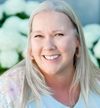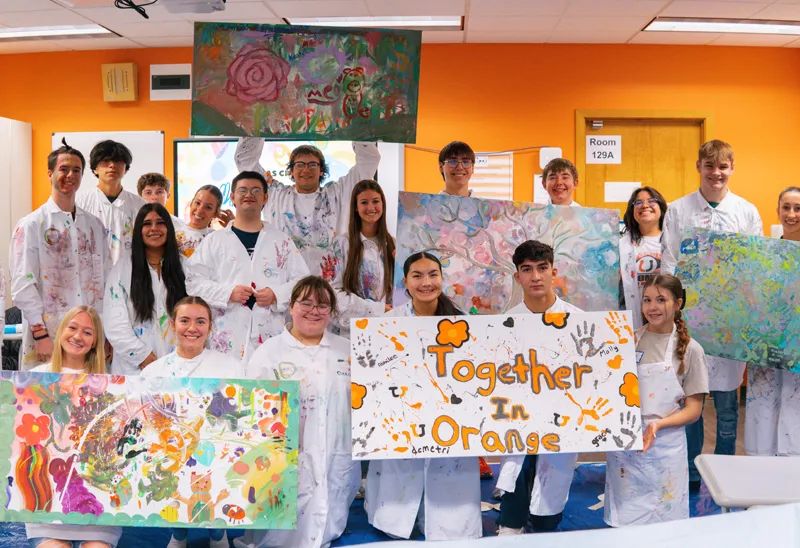web.jpg?fit=outside&w=1600&h=1096)
Figure It Out
Innovative approach helps students tackle tough issues
With paint spattered smocks and vibrant canvases covered in color, it’s easy to see how high school students were having fun, but as it turns out, there’s more to the messy scene than meets the eye. The teens are sparking positive change in their schools through a program called Figure It Out, developed by Karen Grosz, founder of Canvas Creek Team Building and YVW Contributor. She believes that when students lead the charge for change, the results stick.
“The reason I started Figure It Out is because everybody comes into our schools to tell students what not to do instead of what to do,” Karen says.
Figure It Out is for student leaders. Adults who join the mix include educators and administrators as well as leaders in the community, who volunteer to join the fun.
“I knew if I could get these three groups together, we could have big conversations,” Karen says.
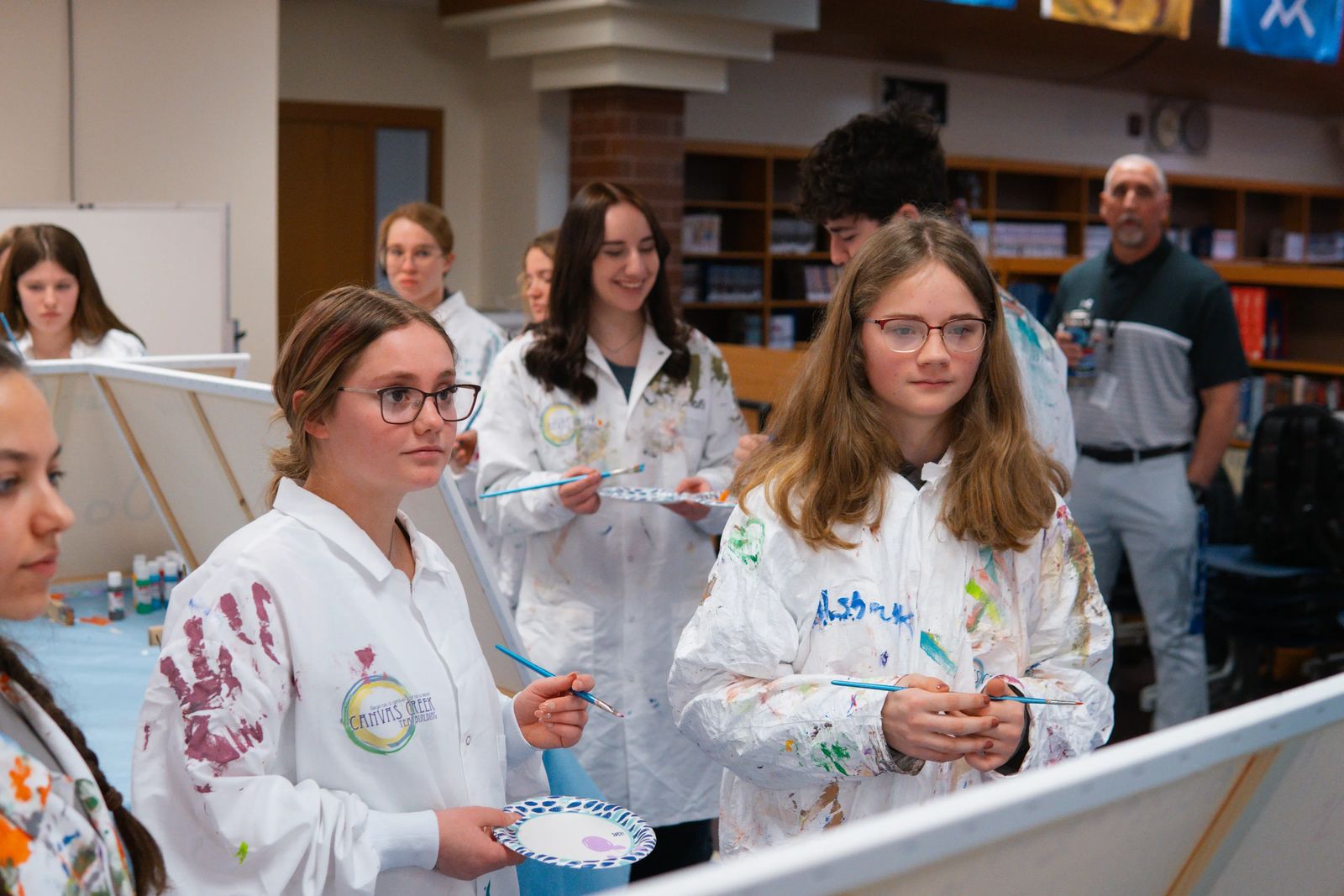
They start the session with a fun but challenging exercise: To create a painting in teams of four in total silence.
“They are like cave men. There’s a lot of grunting and pointing,” Karen says.
In the process, students build a strong connection with one another. They become a clan, as Karen puts it.
“If we can form that powerful of a connection in just a few hours, that’s going to empower these kids to have those difficult conversations,” she says.
After the painting session, students are ready to go deeper and identify the challenges in their schools, and they aren’t shy about what’s going on. Drug use, poor attendance, drop-out rates, bullying and suicide readily come up in these conversations.
“Everybody just throws it out there and is incredibly honest,” Karen says.
Then, the adults take a back seat, and the teens decide on a challenge they want to tackle during the rest of the session. Their goal is to come up with a rock-solid solution before the end of the second day. Then, they approach the adults in the room and ask for support. In every instance, the adults have said, “Yes! Absolutely!” Karen says.
Next, Karen and the school staff identify an expert to discuss the problem and potential solutions with the students. The students take it from there to formulate the solution they believe will work best for their school. Then, they run their idea by school staff for the final OK and further fine tuning.
“It’s up to the kids. We let them carry this out,” Karen says. “I’m just a gray-haired old lady. They’re not going to listen to me. They’re going to listen to one another. The project is completely student-driven. The staff just comes behind to support it.”
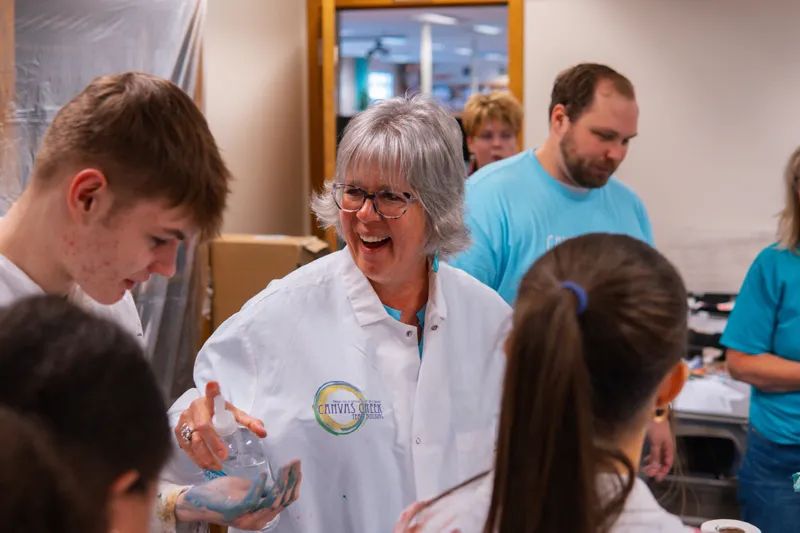
Figure It Out summits were held last spring in nine high schools throughout the state, including all three Billings public high schools plus the Billings Career Center.
At Senior High, Keatin Hertz, now 19, and his fellow Figure It Out participants identified student-teacher relationships as a point of concern. Working with the school staff, they came up with the “Thank a Bronc” project — basically a good old-fashioned thank you note — and implemented it immediately.
“The idea was to provide everyone with the ability to say how much you appreciate them,” Keatin says. “Teachers could give them to students, and students could give them to teachers. After receiving them from teachers and sending them to teachers, it absolutely improved my relationship with them.”
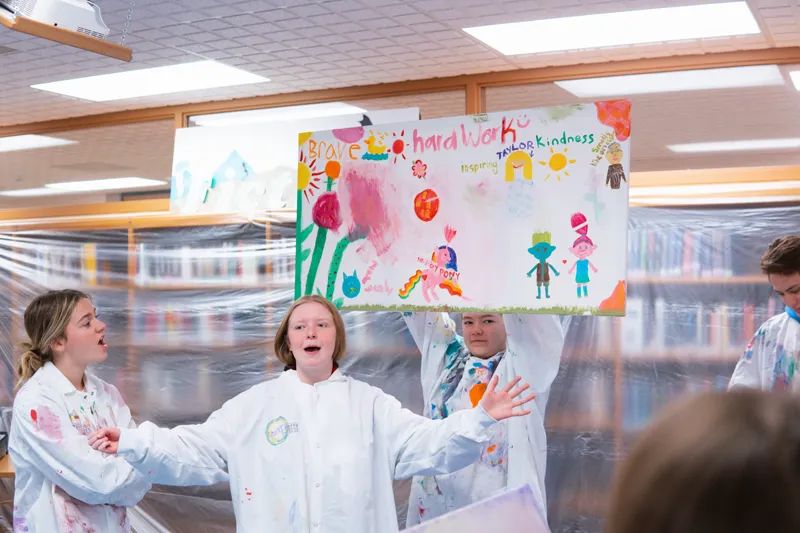
Keatin says that for him, the best part of Figure It Out was watching his fellow students blossom throughout the day.
“There were students who walked in and didn’t want to share a lot about themselves. By the end of the day, they were sharing and leading the discussion,” Keatin says. “Watching these quiet kids turn into leaders was definitely a cool thing. Just this one day can change kids, and they go on to want to be a part of change in their school.”
Sofia Rieger, 16, was just as Keatin described. When she joined student council at Billings Skyview High, she didn’t know what to expect and was a little unsure of her place in the group. After a Figure it Out workshop last spring, she’s all smiles and high-fives in the hallway with her student council pals, but that’s not all. With her help, the group tackled some heavy issues at the school and came up with a plan to implement solutions to those problems this fall.
“It really brought the group together,” Sofia says.
At Skyview, Sofia and her fellow student council members identified two problems. The first was that they saw a pattern of students not caring for the school. Students threw trash in the hallways and parking lot, and there were reports of vandalism in the bathrooms. Students just didn’t seem to care about the school building and grounds. They were also concerned about students who had increasingly let their grades slide. Again, the students just didn’t seem to care.
To solve those problems, they came with a plan to start a student-to-student tutoring program when school starts and a plan to raise awareness about the trash and vandalism and provide opportunities to engage students in cleanup efforts. Sofia and her student council are excited to see how their initiatives work out this fall.
“It was not only beneficial for student council, it turned out to be good for the whole school too,” Sofia says.
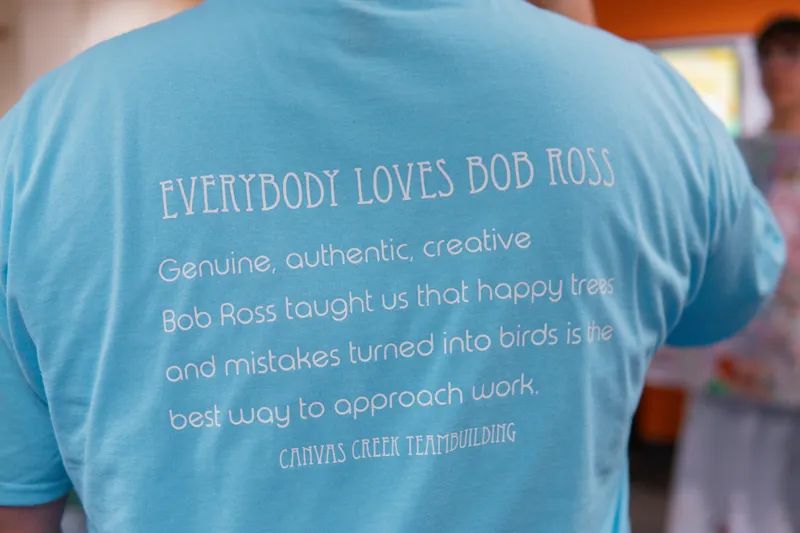
Karen says that what happened at Senior High and Skyview High are just two of the success stories. At high schools across the state, many student-led mentor programs have come out of Figure It Out workshops, and one group came up with the idea of “happy hallways” to boost student morale. One day a week, music is played in the hallways, students do high-fives as they pass, and the staff hands out candy. A student said, “If every day was like this, I’d come to school early.”
All these ideas have come to life thanks to the strong bonds made between students in the Figure It Out sessions.
“I’ve known for a while that this needed to be in schools because I truly believe that connection is prevention,” Karen says.
When students have a connection with one another, they find common ground and they are able to have open conversations about serious topics because they are all equals, and they support one another to make good choices. It is, in a way, positive peer pressure, Karen says. Students with strong connections with their peers are less likely to drop out, abuse drugs and alcohol, engage in risky behaviors or attempt suicide.
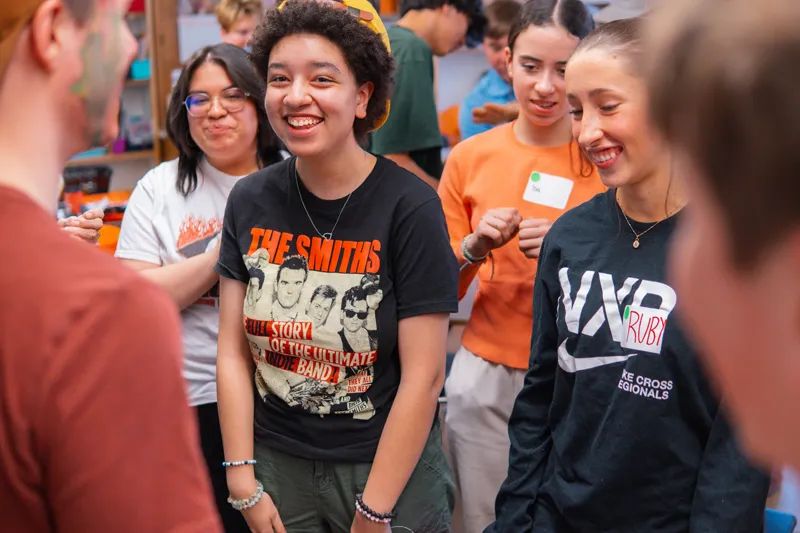web.jpg?fit=outside&w=800&h=533)
Figure It Out had been in the works for a while. Karen has been involved with the Rotary Youth Leadership Awards Camp for 15 years. At the once-a-year camp, Karen provides a team-building workshop similar to Figure It Out. That experience led to her decision to take the program to high schools.
When the program was ready, Karen thought, why not go to the top? As a result, she paid a visit to Elsie Arntzen, the Montana superintendent of schools. She oversees public K-12 school districts across the state, influencing policy and programs. Elsie jumped behind Figure It Out and provided funding for nine events at high schools statewide.
“She and her team have been incredibly supportive,” Karen says. “They identified schools that would be open to it and schools that needed it.”
Additional funding to expand Figure It Out has come from foundations, civic groups and businesses. School districts can also use professional development funds for Figure It Out as well. With this success behind her, Karen is planning more student summits in the 2024-25 school year.
When it comes to the future, Karen eschews the idea that youth are disengaged. From her point of view, we’ll all soon be in good hands.
“These kids are not tuning us out like we think,” she says. “They are intelligent and seeking to be a solution in this world. Every time I’ve looked at the youth in the world I’ve had hope, but when I look at these kids, I have even more.”
IF YOU ARE INTERESTED IN A FIGURE IT OUT SESSION AT YOUR SCHOOL, or would like to sponsor a Figure It Out even in your community, contact Karen at Karen@canvascreekteams.com.


